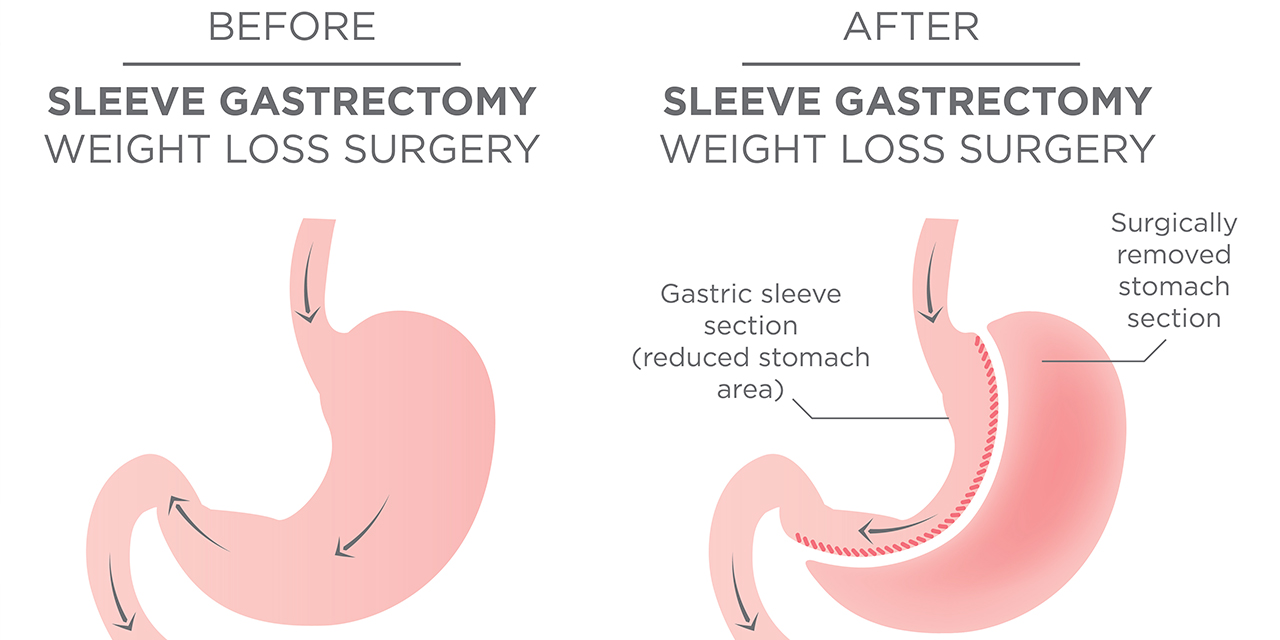Traditional and robotically assisted colorectal surgery procedures
Beebe Surgery offers both traditional and robotically assisted colorectal surgery procedures. Procedures are done at the Margaret H. Rollins Lewes Campus, and at the Specialty Surgical Hospital at the Abessinio Health Campus. The Surgical Hospital provides streamlined surgical care for patients who do not have high risk for complications and who will be staying for 72 hours or less.
Keep in mind that every patient is different. Each patient recovers at his/her own pace. The team caring for you will tailor your care to meet your individual needs.
Meet the Surgeons
About Colon Surgery
There are different surgeries performed to treat diseases of the bowel and intestines:
- Colectomy is a surgery done to remove a part of the intestine (bowel) that is diseased.
- Right hemicolectomy is the removal of the ascending (right) colon
- Left Hemicolectomy is the removal of the descending (left) colon.
- Sigmoidectomy/Sigmoid colectomy is the removal of the lower part of the colon which is connected to the rectum.
- Low anterior resection is the removal of the upper part of the rectum.
- Segmental resection is the removal of only a short piece of the colon.
- Abdominal perineal resection is the removal of the sigmoid colon, rectum, and anus with the creation of a permanent colostomy.
- Total colectomy is when the entire colon is removed and the small intestine is connected to the rectum.
- Total proctocolectomy is the removal of the rectum and all or part of the colon.
Open Versus Laparoscopic Colon Surgery: Surgery to remove a portion or all of the colon can be done by open or laparoscopic methods. The method use will depend on the condition, size of the diseased area or tumor, and its location. Your health, age, anesthesia risk, and the surgeon’s expertise are also important.
Open Colon Surgery: An incision is made in the abdomen and the diseased section of the colon is removed. The healthy parts of the colon are then stitched or stapled together.
Laparoscopic Colon Surgery: Several small incisions are made in the abdomen. Ports or hollow tubes are inserted into the openings. Surgical tools and a lighted scope are placed through the ports. The abdomen is then inflated with carbon dioxide. This allows the surgeon to see the intestines and organs clearly. Small instruments inserted through the ports are used to remove diseased colon or a tumor.
Your surgeon may need to convert from a laparoscopic colectomy surgery to an open colectomy due to:
- Adhesions from prior surgery
- Bleeding
- Obesity
- Inability to see important structures
- Presence of a large tumor
- Inability to complete the operation
Ostomy: If the colon cannot be sutured or stapled back together, the colon is brought up through an opening (stoma) in the abdominal wall to form an ostomy. Waste will empty through the ostomy into a pouch that is fixed around the stoma on the abdomen.
Before Your Surgery
It is strongly recommended that anyone who will be undergoing surgery follows their surgeon's directions and also quits smoking at least a month in advance if possible. Beebe offers Smoking Cessation Counseling for free. Talk to someone today.
Following Your Surgery
It is recommended that those having colorectal surgery enjoy a low-fiber diet following their surgery.



























